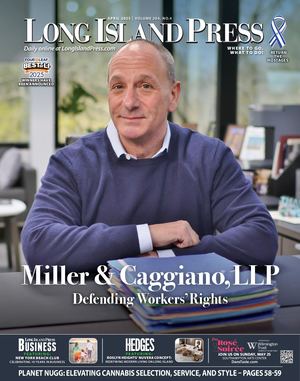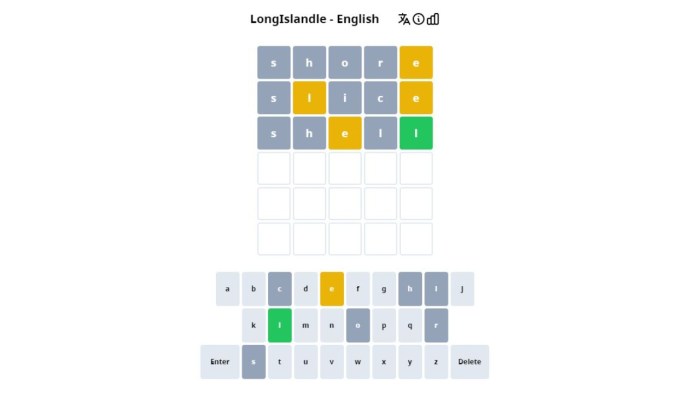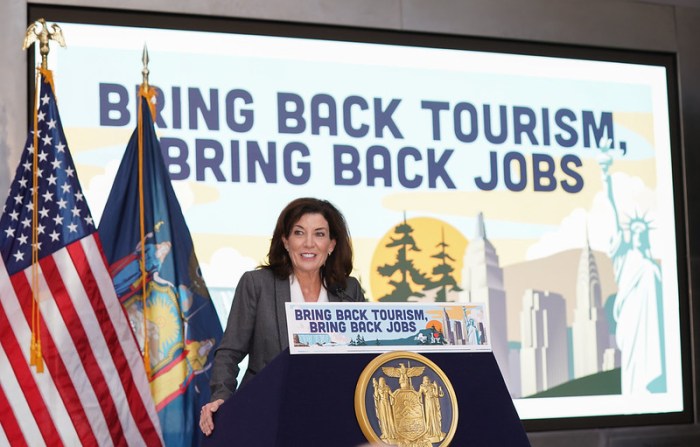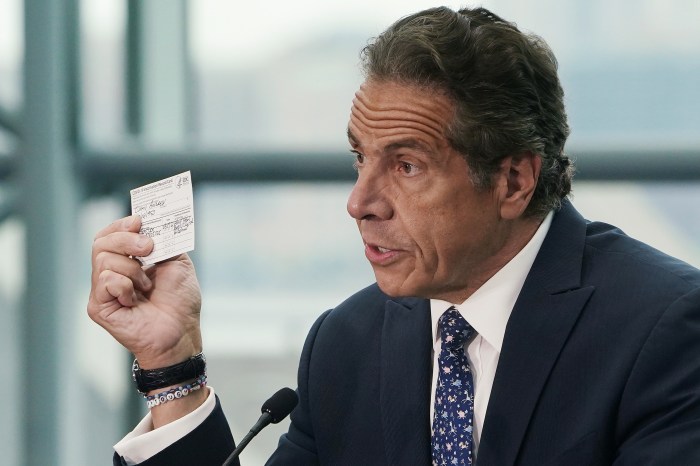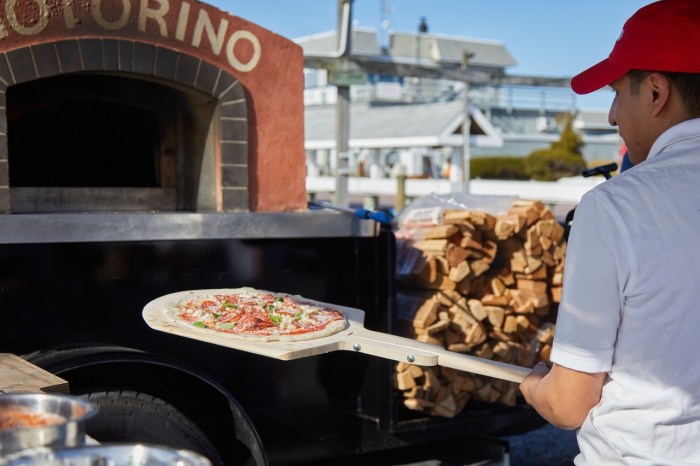Discover Long Island President and CEO Kristen Reynolds leads the organization charged with marketing the region as a world-class tourism destination. She talked with us about the economics of tourism and why it matters to the region.
Discover Long Island CEO Kristen Reynolds Talks Tourism’s Great Economic Impacts
Why is tourism important to Long Island? Tourism is such a competitive industry across the globe. The number of places being marketed as a tourism destination has grown exponentially. Tourism brings significant outside revenue to the destination, benefitting the region’s local economy and its taxpayers. Visitors to Long Island are taxed on where they eat, sleep and shop, which generates more than $760 million in state and local tax revenue annually – and then they leave. Visitor spending pumps new outside dollars into our region with a low burden on residents. And that helps to keep local taxes from increasing.
How big is the direct and indirect economic impact? Long Island’s tourism industry is a leading economic driver for the region. The industry saw record-breaking highs in 2019 with visitor spending reaching $6.3 billion. These numbers were cut in half in 2020 but rebounded swiftly in 2021 with $5.8 billion in spending. Once the final data from 2022 comes in, the first full year of tourism since the pandemic hit, I think we’re going to reach and potentially exceed 2019’s numbers.
What is the money being spent on? Visitors eat, shop, stay at hotels, and use transportation. Unlike residents, they go out to restaurants every night. They go to our downtowns and shop at boutiques and mom and pop stores, not online. They support our local small businesses. In fact, tourism on Long Island supports nearly 100,000 local jobs.
Are more people from the region starting to rediscover Long Island? We saw our staycation and local travel peak during Covid. People stayed closer to home. They discovered or rediscovered the world-class attractions in their own backyard. We’re lucky to live in a destination where we can do that. From an economic impact, you want people coming from outside the region. For every $100 spent at a hotel, $221 is spent in the community on average.
Where are tourists coming from? Everything has shifted in recent years, and it continues to shift but our key markets have been consistent. More than 60% of Long Island’s overnight visitors come from New York City. Our other top markets include Philadelphia, Washington, D.C., and Boston.
Do you have data about tourism here? We have a tremendous amount of data that we use to inform our marketing strategies. We have more than 100 points of interest tagged on Long Island. We can collect geolocation data for visitors to these sites from their mobile devices. We can tell you that for Montauk, their No. 1 overnight visitor comes from New York City. But the visitor who spends the most comes from Dallas, Texas.
How is business travel doing here? Business travel is recovering. Because Long Island has a lack of large-scale meeting space, we are primarily a leisure travel destination, which has been strong. Business travelers are a lucrative market that would sustain hotels during their need periods like midweek and the offseason. We’re excited to see that the necessary meeting facilities are on the horizon for Long Island.
What’s the status of a new convention center? Legislation just passed in Suffolk County to raise the hotel/motel tax to create an additional funding mechanism for the region’s first convention center. The rate of the tax, which is paid by hotel guests, increased from 3% to 5.5%. It will fund cultural preservation and Discover Long Island for additional marketing. And it will create a funding mechanism for the first convention center, which would be a component of the Midway Crossing development at the Ronkonkoma Long Island Rail Road station and Long Island MacArthur Airport.
Are you getting more resources to promote the region? With Suffolk County, we have been capped at $2 million since 2013. We’ve been charged with promoting Long Island without an increase, not for inflation or cost of living, in more than 10 years. The budget increase takes us from $2 million to $6 million. With that, we’ll be able to better compete and promote Long Island’s first convention center. And we’ll be able to invite audiences that we know have an opportunity to spend more than people coming in for a day trip.
How do you get the word out about Long Island as a tourist destination? We look at data and information to guide our efforts. The No. 1 way people are looking for travel information is social media and inspirational travel videos, mostly found on YouTube, streaming services, and social media platforms. Developing compelling content is key to how we communicate about Long Island. We have 10 social media channels with an audience of more than 10 million followers in total.
What’s new with your website? We launched our new website in November. We were able to incorporate much more streamlined technology. We’ve got so much to talk about for Long Island. Every restaurant, business, downtown and chamber wants to be part of the story. You want a website that can hold and navigate that much content.
Is tourism only seasonal or can it be spread more over the year? It has been primarily seasonal, because our budget constraints made it challenging to market effectively year-round. We’ve had some success increasing visitation in our slower seasons, particularly the fall. You have to educate people about what there is to do during the other seasons. We have wonderful downtowns, holiday shows and markets. There’s a lot to do on Long Island in the winter, if we have the means to educate and market.
What’s new with Long Island Wine Country? It’s the 50th anniversary of Wine Country this year. We’re doing a lot of collaborating with them. We’re going to go to the Aspen Food and Wine Festival for the first time to promote Long Island food and wine.
How would you summarize your message? When you create a place people want to visit, you create a place where people want to live and a place where people want to work. Someone has to be out there saying, “This is why you should think about Long Island,” and that’s us. Once we lure them here with our content, imagery, messaging and website, they can explore and dig in and discover the many local businesses we partner with and showcase. With our content, we drive people to our destination and the businesses’ doors.
